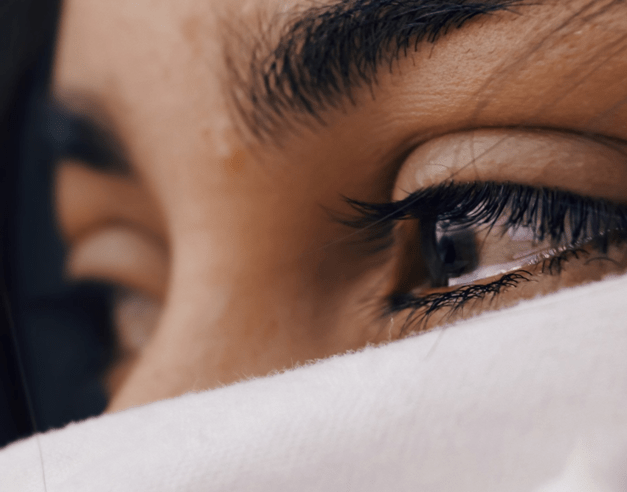
Research points towards mindful masturbation being effective in improving sexual health and in treating sexual difficulties. Here’s why…
Most women of my generation grew up with a negative view of female sexuality, where sex was reserved for procreation and for after marriage. The words vulva, vagina and clitoris were taboo and rarely spoken about.
There was an aura of shame, guilt and disgust around female sexual pleasure and we were tasked with the responsibility of keeping the boys in check by our behavior, the way we dressed and our general demeanor.
We were told by authority figures that masturbation was bad and to be avoided. Some of us were even told that it is unhealthy and sinful.
So you can imagine my surprise when I started studying sexual medicine and sex therapy to hear that…
Sexual pleasure is a very important aspect of sexual health.
Knowing how your body works and what your genitalia look like can help you get in touch with yourself and discover what you like and dislike sexually and realise that this is normal and can be guilt free. It is a fact that that mindful masturbation is a basic tool used to heal most of the major sexual dysfunctions. I remember having hour-long discussions with two of my female colleagues, a gynaecologist coming from a Muslim country, and a psychologist from Catholic Uruguay, on how we can ‘prescribe’ masturbation as treatment to individuals and couples who might think it’s shameful, sinful and disgusting to say the least.
So what is mindful masturbation? Why does research point towards its effectiveness in improving sexual health and in treating sexual difficulties?
Mindful masturbation happens when you are totally absorbed by the physical sensations of your body.
It does not mean that you are not distracted by thoughts but that you are able to acknowledge these thoughts and then go back to focusing on the sensations happening in your body during arousal and orgasm. Mindfulness helps you let go, relax, and experience pleasure fully.
What helps?
Know yourself: Know how your genitalia look. Find some privacy, lock the bathroom or bedroom door, grab a mirror if need be and look at your inner and outer labia and clitoris. Observe the vaginal opening and urethral opening. Our genital area is very different and can change with child birth but we are all beautifully made.
Relax: The link between high levels of anxiety and sexual dysfunction has long been established. When we are anxious our mind can go into over-drive, and the thoughts can distract us from pleasure and focusing on bodily sensations. So it is really important to spend 5 to 10 minutes of deep breathing before engaging in masturbation. At this stage it is important to notice areas of tightness, around the stomach and neck area for example. Let the breathing guide you in releasing these areas of tension.
Letting go: As you touch yourself practice experiencing sensations rather than just thinking about them. Thoughts about sensations like “that feels good”, ‘that is not pleasant at all” are useful to guide you. However, it is important to focus on feelings of pleasure rather than the thoughts accompanying them.
Work around issues of shame: Sexual pleasure, masturbation, guilt and shame can at times be easily intertwined. Working through issues of shame by looking at our perceptions on female pleasure and sexuality can help us develop a more positive view of sex and be more open to experience sexual pleasure.
Contrary to popular views, there is a positive correlation between frequency of masturbation and frequency of intercourse in females. Studies indicate that women who masturbate more are more sexually driven. Therefore solo-sex can help increase awareness of what you like and dislike during sex and this can translate to a better sexual experience in the bedroom.
Read on about an app for mindful sex and women’s sexual wellbeing here

Anna Catania (M.Cons. PG(Dip) Psychosexual and relationship therapy is a warranted counsellor specialised in the area if sex and relationships. She provides counselling to individuals and couples who are having difficulties with sexuality, relationships and intimacy.
Click here to check out Anna’s full bio as well as a list of all her Wham published articles





